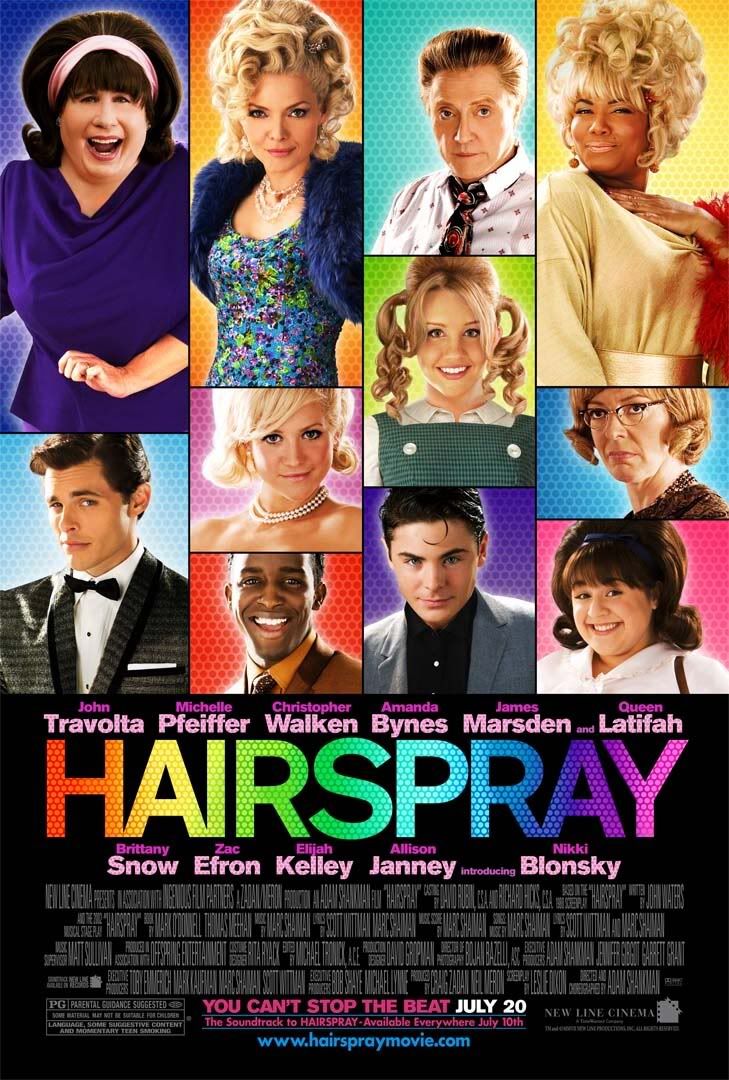This post has been a stumbling block for me. In the same way that I had to visit the longest-running Nazi concentration camp once I learned it was only twenty minutes from Munich, I have had to write about it. Obviously, that has been difficult. I went to Dachau over a month ago, and this post only arrives now. There is a lot about the experience I do not know how to put into words, much less have any explanation as to why. What exactly was this compulsion to visit Dachau, for example? If I figure the answer to that one out, I will let you all know. It is intimidating, too. I have read that the Holocaust is the historical event for every generation since. Everything comes back to it. To write about a visit to a concentration camp is to try and capture the essence of the Holocaust, and I am hardly up to that task. But now I just need to push through and get something down.
First and lasting impression? It was big, and it was empty. Granted, my hometown is small, but it would be no trouble at all to gather all its citizens into the central grounds. Movies like Schindler’s List and La Vita è Bella are so personal that you lose any sense of the scale of the Holocaust. Yeah, the families portrayed suffered everything, but you could fit a lot of those families in Dachau and it was hardly the largest of the very many camps. What remains is not even the entirety of the camp. A generous portion of it, including the ovens, is now streets or residential.
There were several memorials in the camp. At the far end, past the lines marking the rows of demolished prisoner housing, were three religious memorials. You want irony? The Catholic memorial was finished first, pushed through by a bishop who survived and dedicated a good decade before the Protestant one, which still came a few months before the Jewish memorial was finished and dedicated. At the other end, closer to the museum was some art: rough iron bodies at harsh right angles and triangles surrounding a chain. A short distance from there was a simple stone memorial with the words “Never again” repeated in three languages.
Reflecting on his own visit, my friend Emmett wrote that no memorials were necessary, the dry buildings were enough. I disagree. In a very literal sense, the buildings were memorials themselves. They had to be reconstructed because they were so shoddily built, but they were not enough. I guess I expected something a bit more sinister. If not the overt evil of skulls on pikes outside Minas Morgul than at least the sterile, technological dread of the Death Star, but Dachau was nothing worthy of note itself. There was no aura of dread around the ground, and even if the ovens remained, I doubt they would have warranted a second look. Without the walls cutting the camp off from the surrounding town, the officers’ and prisoners’ quarters would fit right in with the neighborhood homes which would inevitably grow up around them.
That is where I find the great horror of the Holocaust, I guess. It was not the loss of life, as high as it was. Were life so sacred, war itself would have been ended long ago, and there would be no arguments about capital punishment because it would not exist. No, I believe our inability to escape the Holocaust is how pedestrian it was. There was no frenzy or insane rage. The extermination lasted far too long for that to be an honest reason. It was a job that the Nazis convinced themselves needed doing, and they went about it without any special interest or passion.
I think I needed to visit Dachau to realize this. Yes, there are the books to read and films to watch, and they are necessary because the extent of it all is not contained in this single camp. Still, to actually see it is something else. The Holocaust and very notion of genocide borders on the unreal for this middle-class kid from small town Minnesota. I can imagine all the students at my university dead from gas and then cremated and then multiply that number by 1,500, but to actually believe it happened is near impossible. That is what the visit was for.
Here is Emmett’s post.














